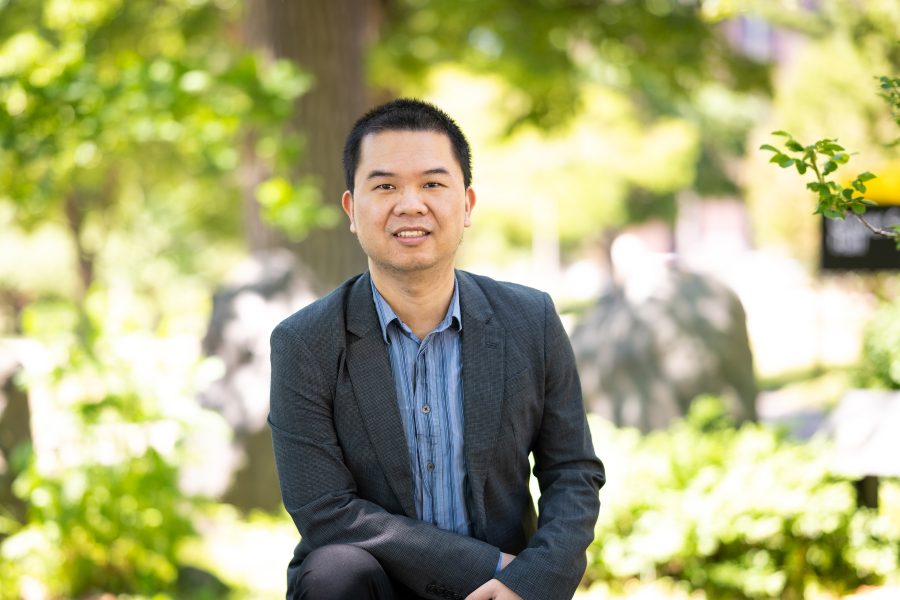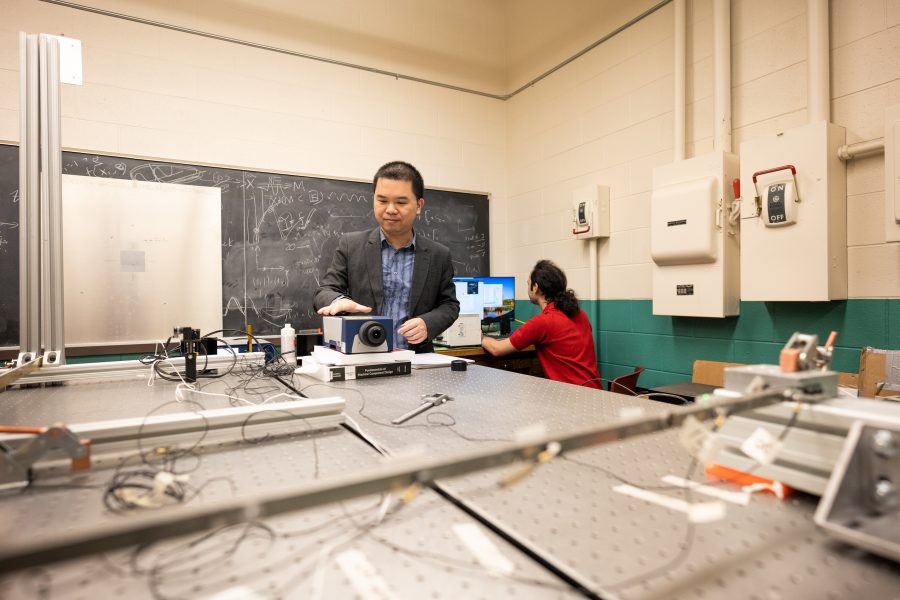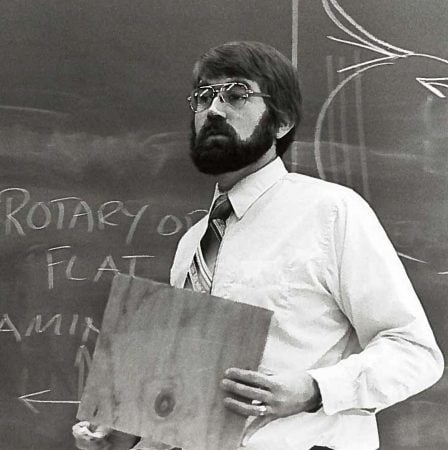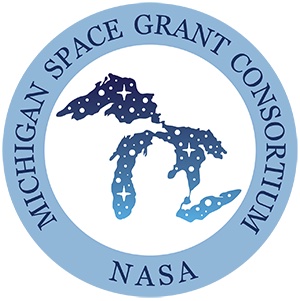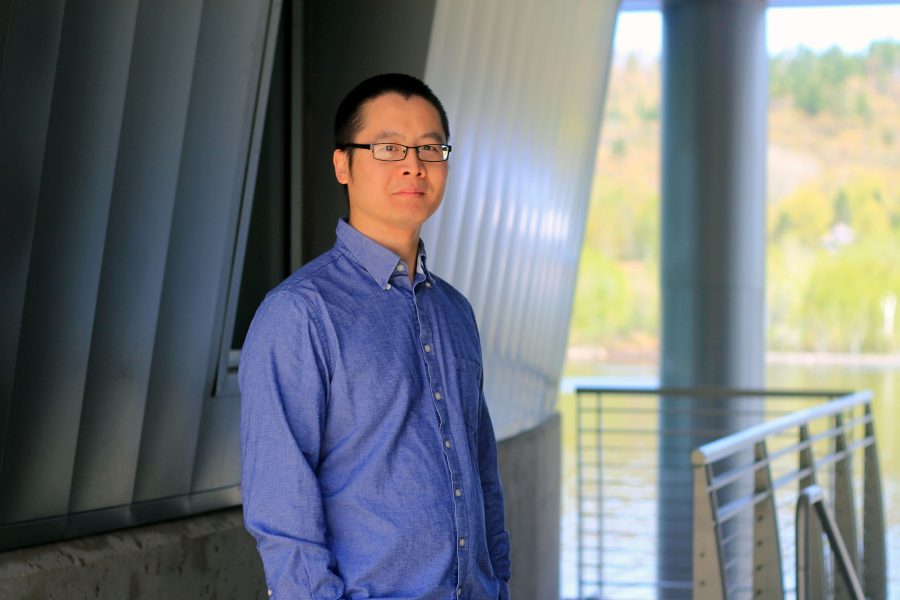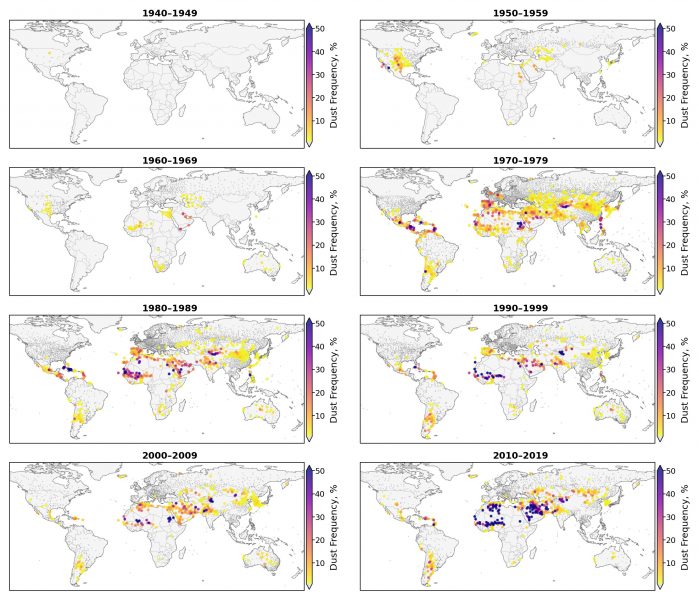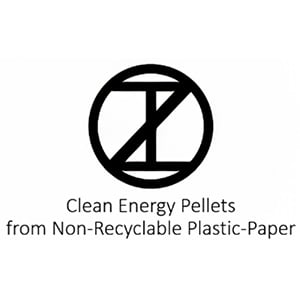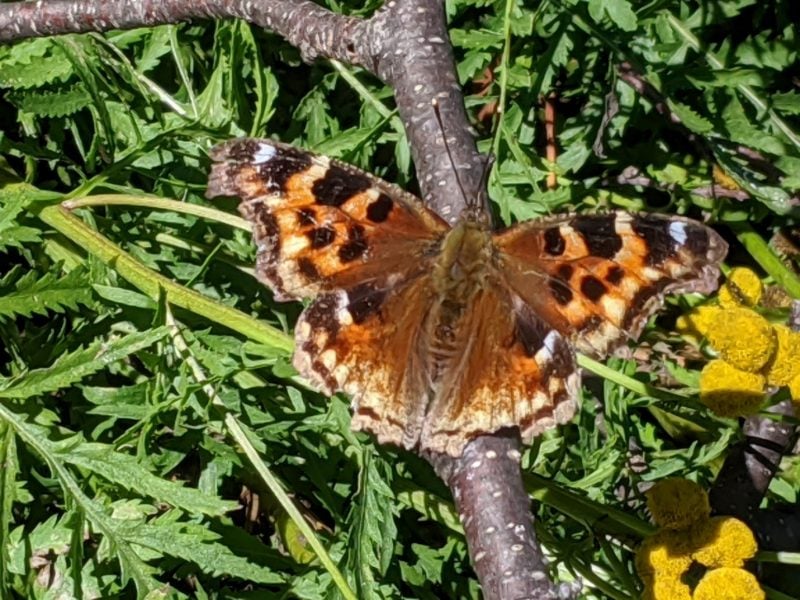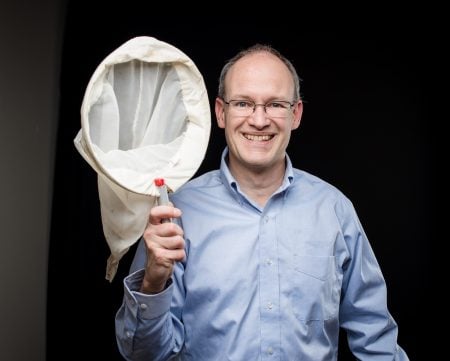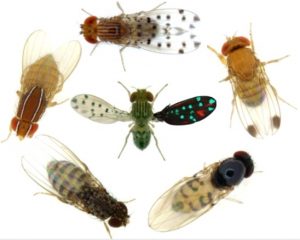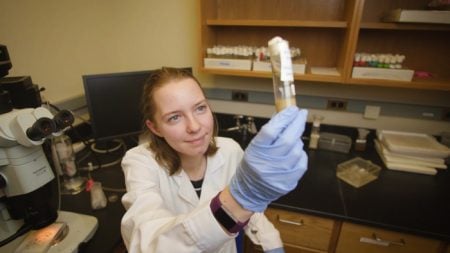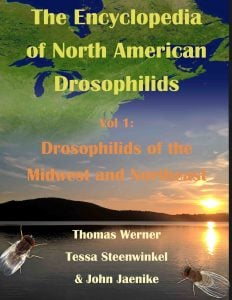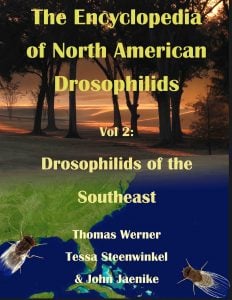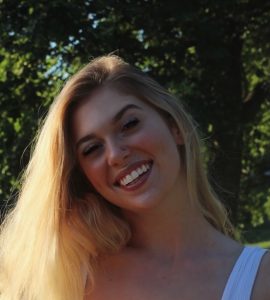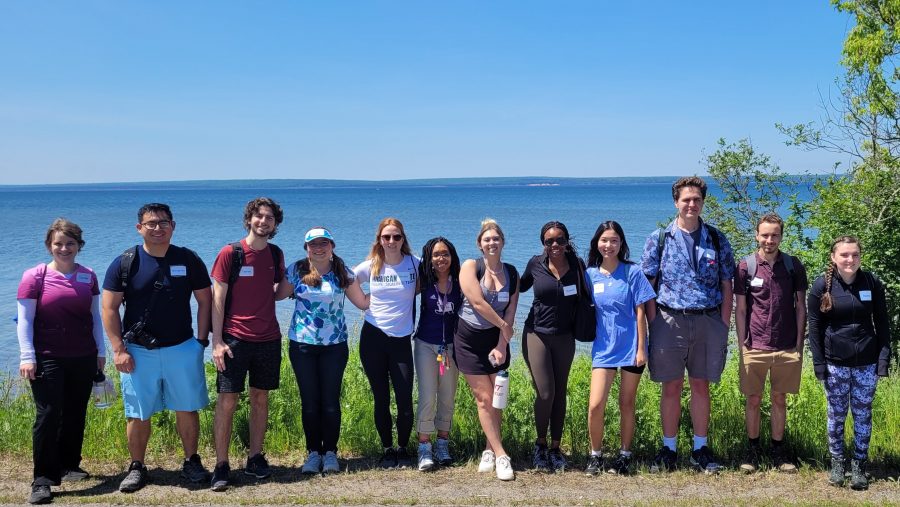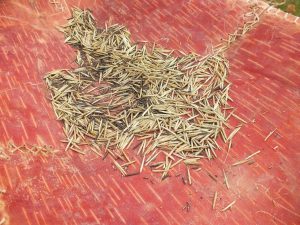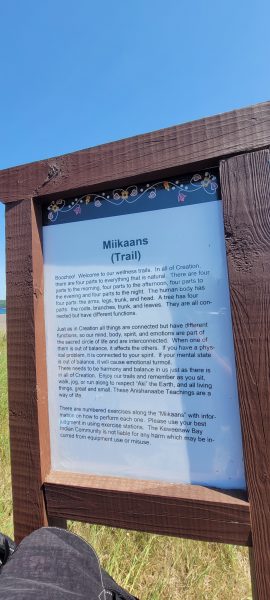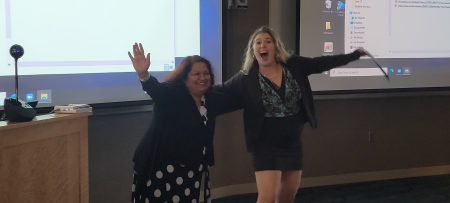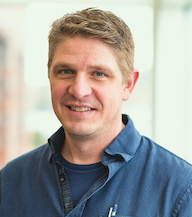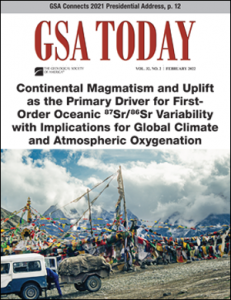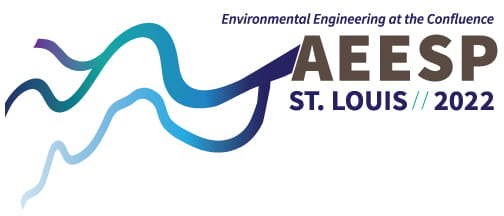
Rose Daily and Benjamin Barrios, both PhD students in environmental engineering, traveled to St. Louis with their advisor, Daisuke Minakata (CEGE). They attended the Association of Environmental Engineering and Science Professors (AEESP) Conference on June 28-30, where they presented their research findings.
Daily gave her podium presentation about advanced reduction technology for the remediation of organic contaminants in water including per- and poly-fluoroalkyl substances (PFAS). Barrios presented a poster about an aquatic photochemistry project supported by the National Science Foundation.
The AEESP Research and Education Conference addresses the most critical environmental challenges of this era. Its theme, “Environmental Engineering and Science at the Confluence,” is designed to span the field of environmental engineering, to explore convergence and to highlight emerging developments.
